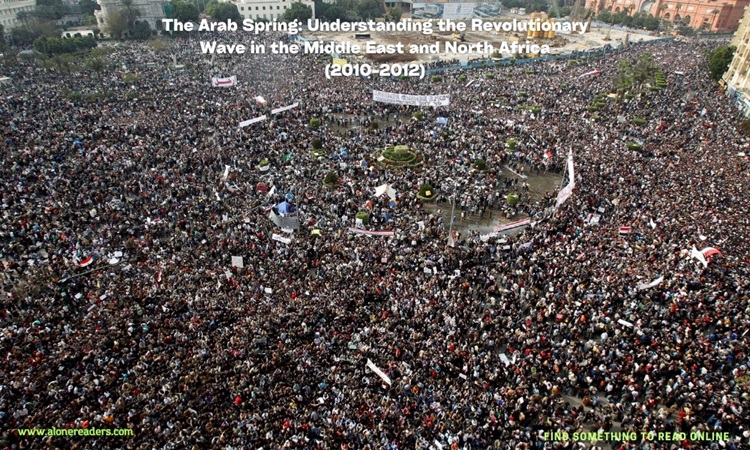
The Arab Spring stands as one of the most significant political events in the early 21st century, marked by a series of uprisings that swept across the Middle East and North Africa from 2010 to 2012. This wave of revolutions began in Tunisia and quickly spread to countries like Egypt, Libya, Syria, and Yemen, shaking the foundations of long-established regimes and sparking a global discourse on governance, democracy, and human rights.
The roots of the Arab Spring can be traced back to a combination of socio-economic and political factors that had been simmering under the surface for decades. High unemployment rates, extreme poverty, rampant corruption, and a lack of political freedom created a fertile ground for discontent among the masses, particularly the youth and educated classes who were disillusioned by the stagnant political environments in their respective countries.
The rapid spread of the revolutions across borders was significantly facilitated by the use of social media platforms like Facebook, Twitter, and YouTube. These tools not only helped activists organize and mobilize, but also attracted international attention to their causes, garnering sympathy and support from a global audience.
Each country affected by the Arab Spring had its unique trajectory and set of challenges, but certain patterns were notably common, such as the demand for the end of autocratic governance and the establishment of a more transparent and equitable system.
Tunisia: The Spark That Lit the Fire
It all started in Tunisia after the self-immolation of Mohamed Bouazizi, a street vendor who set himself on fire in protest of police corruption and ill-treatment. This act of despair triggered mass protests that led to the resignation of President Zine El Abidine Ben Ali, setting a precedent for other countries.
Egypt: Liberation Square
In Egypt, millions of protesters gathered in Cairo’s Tahrir Square demanding the end of Hosni Mubarak’s 30-year rule. The protests resulted in Mubarak's resignation and a complex transition towards democratic governance, which has faced numerous challenges since.
Libya and Beyond
In Libya, the uprising transformed into a full-blown civil war, with NATO intervening militarily on the side of the rebels. This led to the eventual overthrow and death of Muammar Gaddafi. Other countries like Syria and Yemen also experienced significant uprisings, which have since evolved into prolonged conflicts with extensive humanitarian crises.
The immediate aftermath of the Arab Spring varied significantly from country to country. While some nations experienced shifts towards democratic governance, others have descended into chaos or reverted to authoritarian regimes even more oppressive than those overthrown.
The political landscape of the region has been permanently altered, though not always as the protesters might have hoped. The struggle for power, the rise of Islamist movements, and the interference of external powers have complicated the transitions.
Economically, the Arab Spring has had a mixed impact. While some nations have benefited from greater political freedom and subsequent economic reforms, others have suffered from worsened conditions due to political instability and ongoing conflicts.
Conclusion: A Region Transformed
The Arab Spring was a monumental event that reshaped the political, social, and economic contours of the Middle East and North Africa. Its legacy is a testament to the power of popular action and the complex nature of political change in a globalized world. The revolutions of 2010-2012 left a mixed legacy but demonstrated the undeniable force of people's aspirations for dignity, democracy, and a better future.